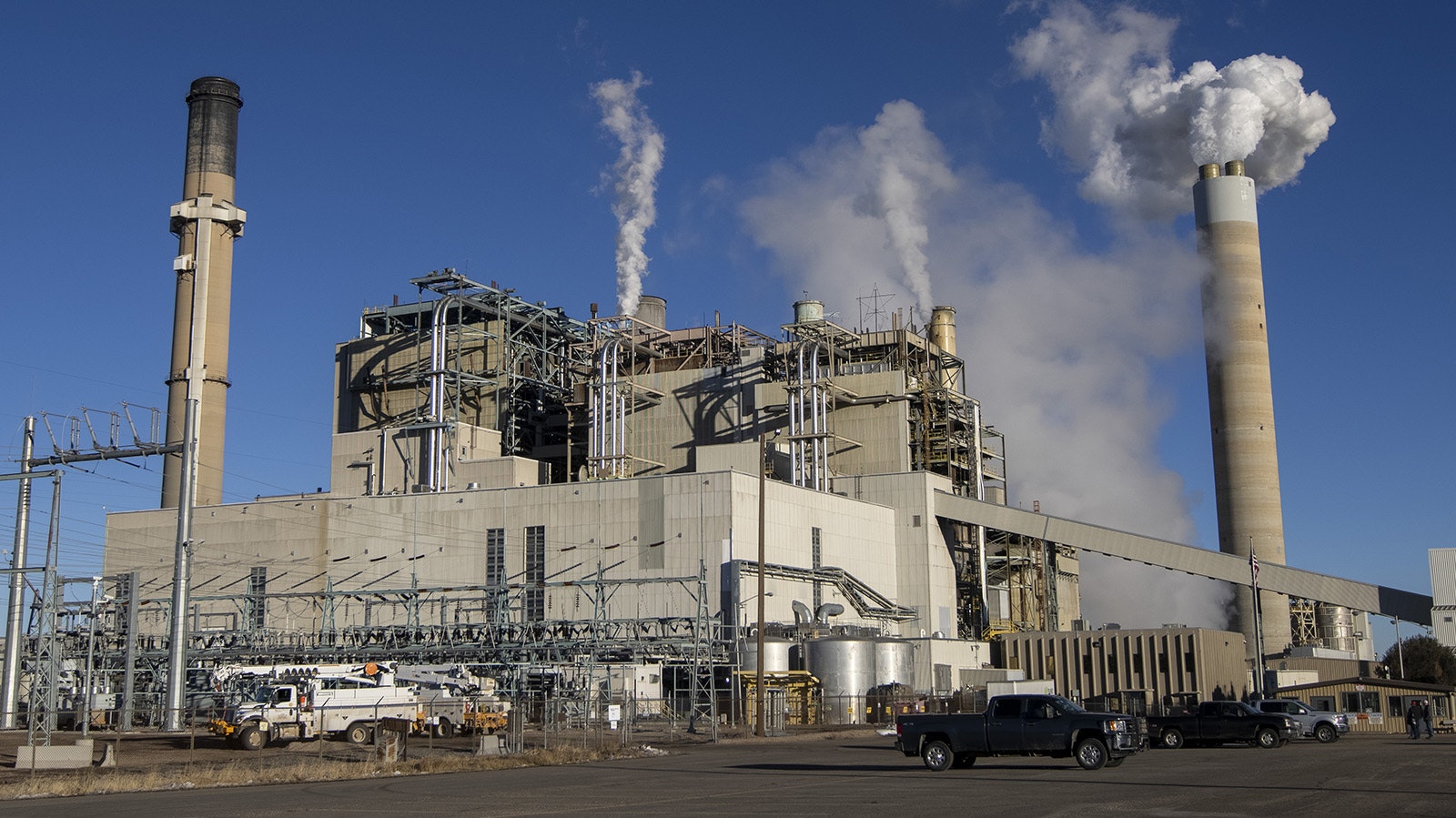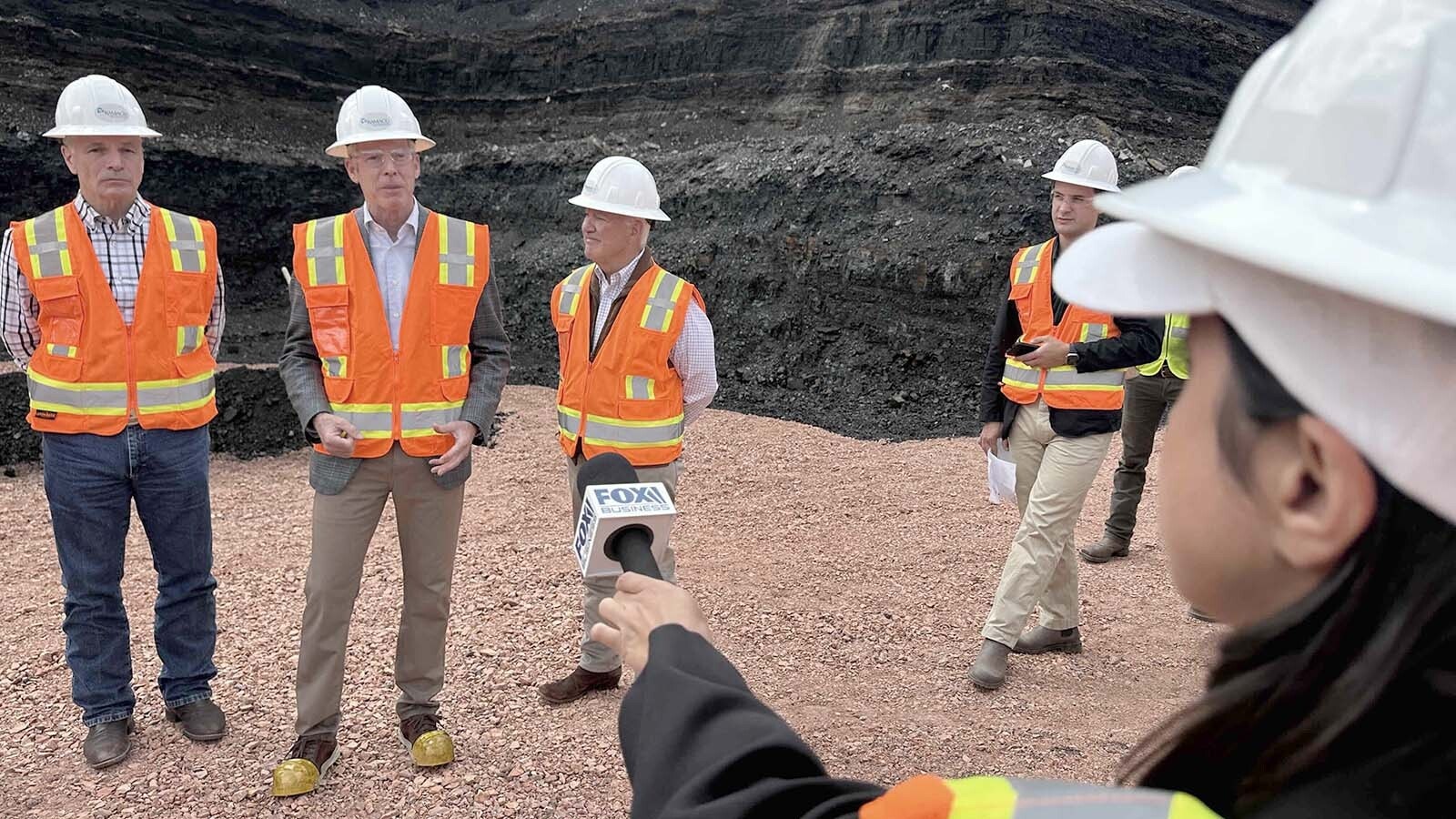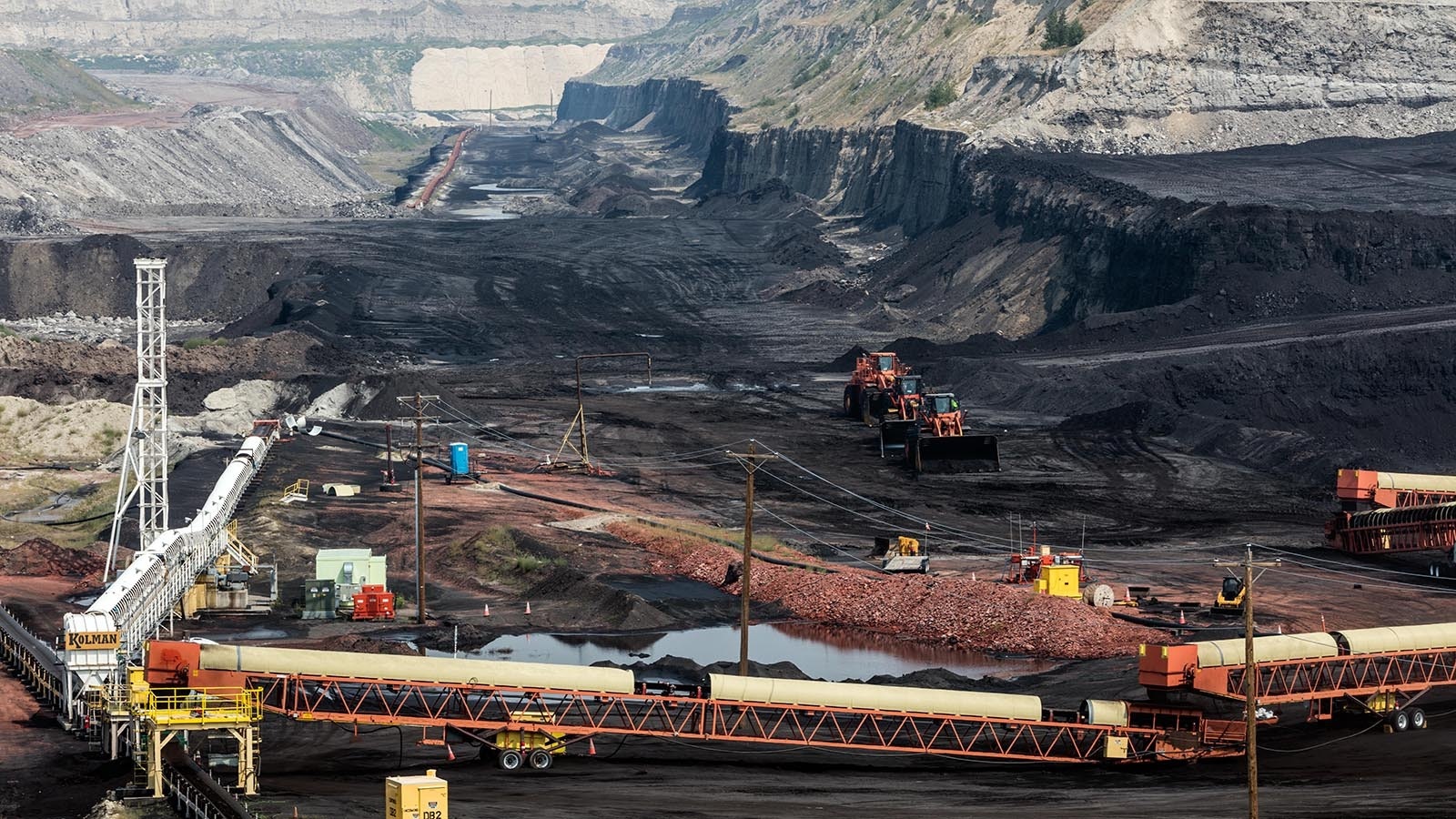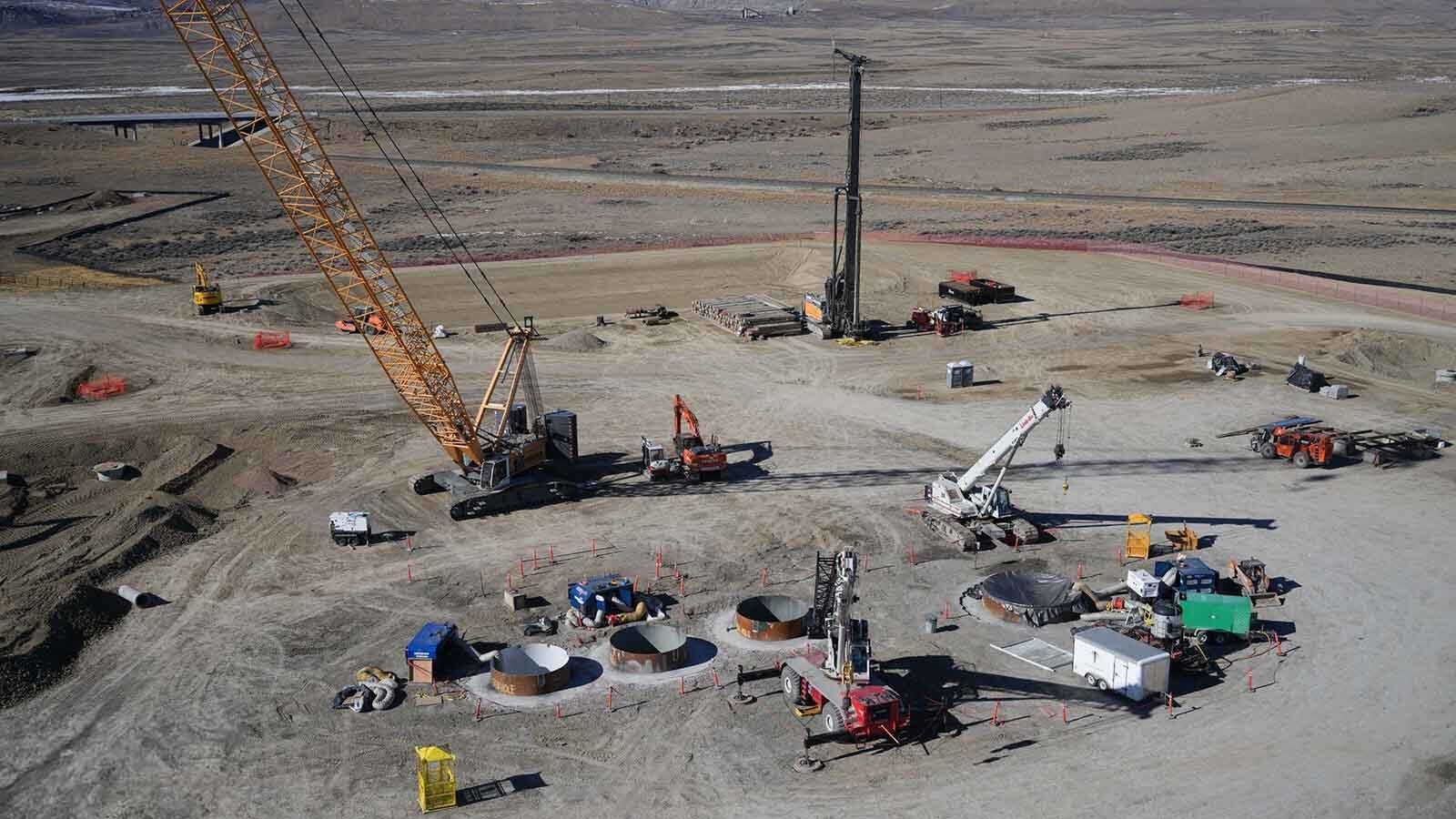One of the big questions Kemmerer residents had about TerraPower’s proposed nuclear power plant when Cowboy State Daily visited this summer is just how safe will the company’s novel approach to nuclear power be?
“Put it in somebody else’s backyard, not mine,” local resident Penny Linttold Cowboy State Daily. “I’ve seen where, you know, in some neighborhoods, people are — the whole neighborhood’s gone, because there was some kind of leakage and, you know, somebody’s died.”
Lint and other members of the public will have an opportunity during the federal regulatory review process to explore all of their safety concerns about the plant.
The Nuclear Regulatory Commission, which is the federal agency charged with ensuring that any nuclear plants built in the United States are safe for the people and environment around a plant, is coming to Kemmerer on Tuesday to explain how their particular process will unfold, as well as how the community can engage with the agency. That includes legal challenges, if they believe something in TerraPower’s application doesn’t meet NRC standards.
There will be two meetings, one from 1 to 3:30 p.m. and another 5 to 7:30 p.m. at the South Lincoln Training & Event Center, 215 State Highway 233. Each meeting includes an open house portion for open-ended exploration and questions.
“The basic two categories NRC looks at will be safety and environmental issues,” NRC spokesman Scott Burnell told Cowboy State Daily. “We want to make sure the design can keep the public safe while it is operating and, in case anything unusual happens, that the community around the plant will be safe.”

Application Still Pending
TerraPower isn’t expected to file its application for the proposed plant in Kemmerer until the end of March next year.
The public process NRC will outline next week won’t actually begin until the regulatory commission receives an application for construction from Terra Power.
NRC will have a very targeted mission once it receives the application. It will not determine whether this type of power is appropriate for the United States. That’s a broader policy statement that falls under the Department of Energy’s umbrella.
“We will look at potential alternatives to the project,” Burnell said. “We will also determine if any impacts are so great, we couldn’t issue the license.”
That’s never actually happened so far in the federal agency’s history, Burnell added.
“When companies do an application like this, they go into great depth describing the site itself and, in so doing, to this point, they’ve always come up with the information that leads NRC to the conclusion that there’s no hesitation in issuing the license.”
A Natrium-Cooled Reactor
What makes TerraPower’s proposed plant in Kemmerer unusual is the idea to use liquid sodium to cool the reactor.
Sodium-cooled reactors have been built in other countries before, including Russia and Japan. And there’s a global coalition working on new approaches to nuclear power, launched by the United States.
It has six possibilities under consideration, including sodium-cooled fast reactors, which were pioneered by the United States in the 1950s.
Among the advantages of using sodium as a coolant instead of water is that sodium not only has a much higher boiling point than water, it has a much larger differential between its liquid and gaseous phases.
That differential for water is 100 degrees on the Kelvin scale, while for sodium its 785 degrees on the Kelvin scale. This much larger differential makes sodium a lot better at whisking heat away from the core.
Sodium can operate at close to atmospheric pressures, unlike water, which has to be kept under great pressure to work. And it won’t corrode steel and other metals the way water can.
The sodium would be circulated in a closed-loop system, dramatically lowering the waste streams involved.

All About Sodium
Sodium-controlled reactors like the one TerraPower proposes are sometimes described as self-controlling. Sodium ions can be moved using electromagnetic pumps, and reactors in shutdown mode can be passively cooled using natural convection.
These are big safety advantages, but sodium does have one big disadvantage when it comes to safety. It will burn on contact with air. And if it’s plunged into water, it will explode.
A sodium leak that caused a fire is part of what led to the shutdown of Monju nuclear plant in Japan.
There was a large sodium leak that caused a major fire in 1995. The incident did not cause any radioactive releases, but the public became outraged when it learned there had been a massive coverup of the extensive damage. The coverup included altering video, and the scandal led to widespread public opposition.
Subsequent efforts to reopen the plant were met with vehement public resistance, and the plant is under a decommission plan.
Other Novel Approaches
This will be the first time NRC has considered issuing a construction permit for a sodium-cooled plant like TerraPower’s, but it isn’t the only company considering novel approaches to nuclear power.
Lead and helium-cooled fast neutron reactors are also being researched, as well as high-temperature models.
“NRC is talking to several companies about their advanced designs,” Burnell said. “We’re almost at the end of our review process for a company called Kairos, which is asking to build a test reactor in Tennessee.”
Its low-power demonstration reactor will have a completely different approach to TerraPower’s, Burnell said.
It’s looking at fluoride salt coolants in a low-pressure system, which the company says will have low maintenance costs while providing energy that’s competitive with existing natural gas and coal.
A Non-Nuclear Test Unit
TerraPower has continued to develop the technology it will use for its proposed nuclear reactor, recently announcing testing of a molten chloride fast reactor by Southern Company, TerraPower and CORE POWER.
The idea is to put multiple concepts through their paces, without using nuclear materials, to verify that everything else, including filling and flushing of drain tanks and operation of freeze valves, all work exactly as expected.
The testing period will last a month. The data will be used for continued development of TerraPower’s concept, as well as verification of all the safety parameters.
The testing unit itself was years in the making and combined a number of separately tested effects in one system. The work was undertaken under a US Department of Energy’s Advanced Reactor Concepts award.
“The Integrated Effects Test allows us to collect that crucial last-mile data for a design and build of the Molten Chloride Fast Reactor,” CORE POWER CEO Mike Bøe, said. “The startup of the Integrated Effects Test is a milestone achievement in the development of the first fast-spectrum molten salt reactor and we are immensely proud to contribute to its success.”
Renée Jean can be reached at renee@cowboystatedaily.com.





